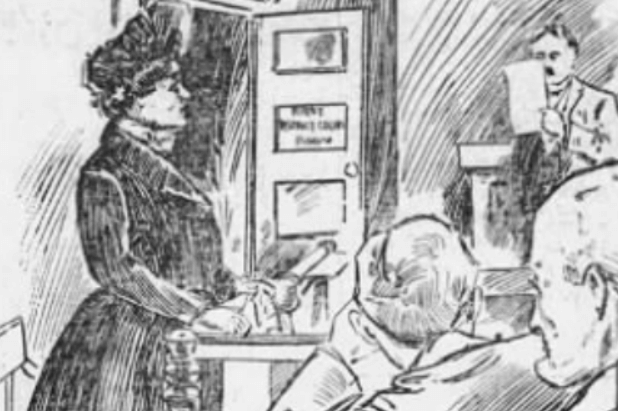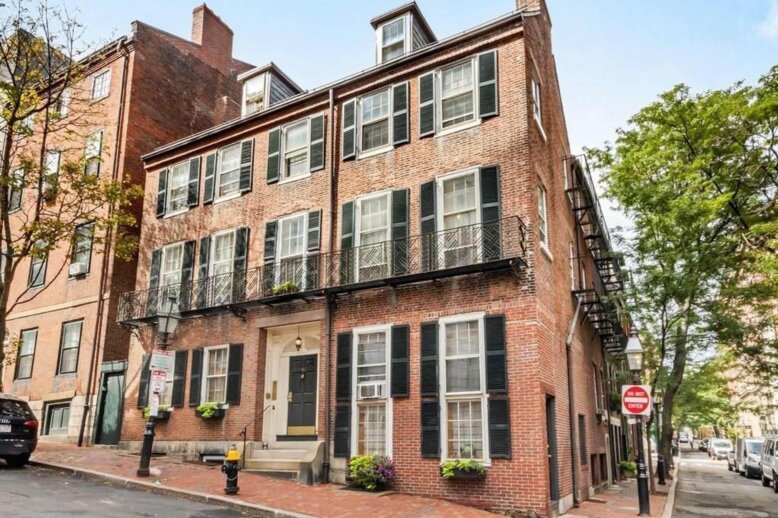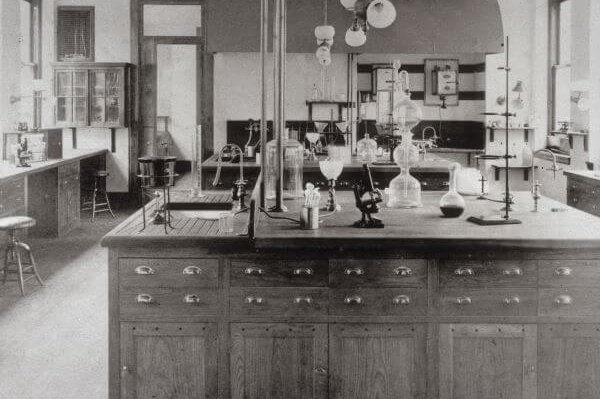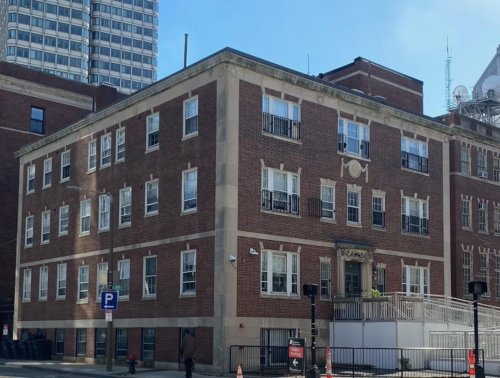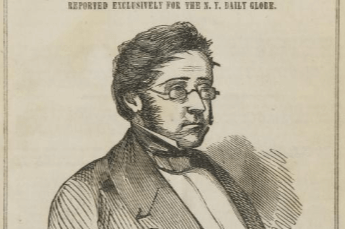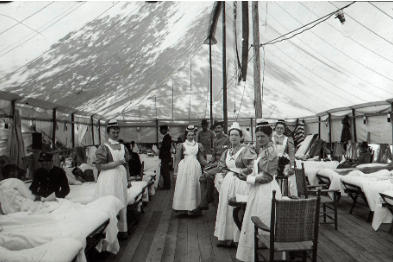Topic: Medicine
Medicine, doctors, hospitals, pharmaceuticals
Jolly Jane Toppan: The MGH Nurse Turned Mass Murderer A medical serial killer in the late 19th and early 20th century, Jane Toppan (1857-1938) admitted to the murders of 31 people and was possibly responsible for many more deaths. Toppan, a child of Irish immigrants and a trained nurse, was a press sensation in her…
Salome Merritt: Suffragist and Doctor of Beacon Hill Salome Merritt MD (1843-1900) was a pioneering female doctor, suffragist, and activist who lived for several decades on Beacon Hill. Merritt was dedicated to improving the lives of her neighbors through scientific education, direct aid, and advocating for social and political change. A descendent of an old…
The Allen Street House, built in 1874 at Massachusetts General Hospital, became the center of early pathology and autopsy practices in Boston. The House’s morgue, autopsy amphitheater, and laboratories were used for experiments, research, and education. For over 80 years, it served as the symbolic and functional heart of the hospital’s pathology department, shaping both clinical knowledge and medical teaching.
The Temporary Home for Women and Children located on New Chardon Street in Boston’s West End was one of the first family shelters in the country. From its start as a small home on Charles Street, it has cared for women and children in need for over 150 years.
The convergence of Puritan values, attitudes toward immigration, and the prevalence of one university surrounding almost every aspect of the event, made the Parkman-Webster murder case a distinctively Boston story.
Since its opening in 1821, the Massachusetts General Hospital has had a long tradition of caring for West Enders, Bostonians, and other patients from across the globe. This tradition includes a history of its nurses and doctors putting their own lives at risk while serving military personnel during wartime.
Public baths are generally an unknown phenomenon in the United States today, but in the 19th and early 20th century, the public bath movement brought with it the creation of hundreds of outdoor and year-round bathing establishments in the country’s large cities, including Boston and the West End.
In the later half of the 19th century, Boston’s downtown residents required more immediate access to acute medical care as industrialization brought with it additional hazards to safety and health. For over thirty years the Haymarket Relief Station, which sat at the eastern gateway of the West End, filled that gap by providing much needed treatment for acute illnesses and injuries for urban residents.


